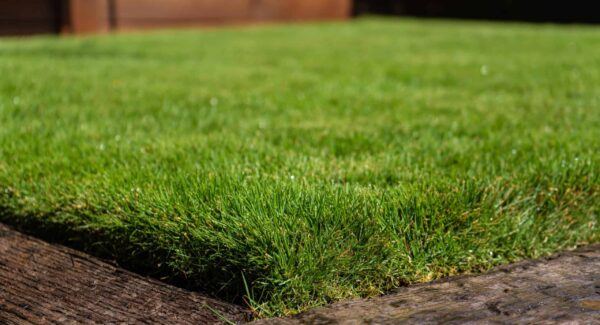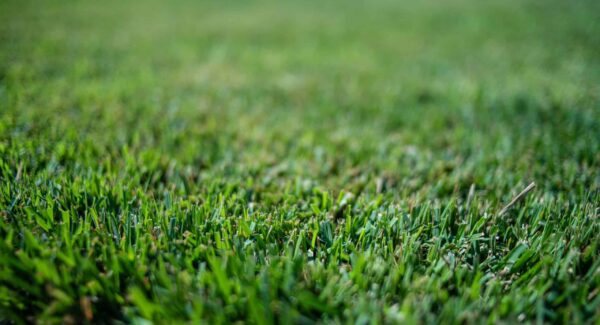Why Zoysia Grass is Perfect for Shaded Areas
Intro
There are lawns bathed in sunlight throughout the day, but there are also those enriched with trees whose canopies create the much-needed shade during the hot summer days. And it’s not just trees but also buildings, fences, roofs, awnings, or certain decorative elements in the yard that can provide shade. That’s why certain parts of your yard may not get the necessary amount of daylight. In such conditions, it’s essential to consider which type of grass is ideal for shaded areas so that the lawn maintains a healthy green color and is dense.
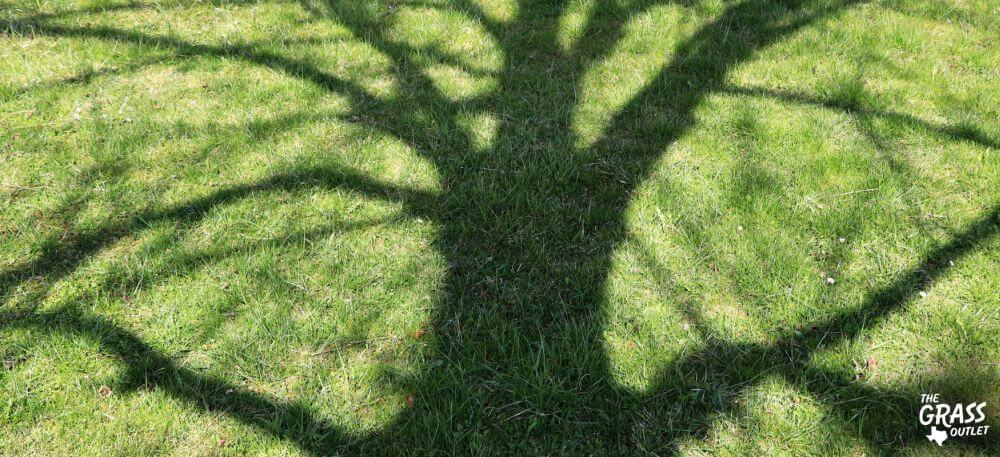
Can Zoysia grass grow in shade?
Choosing the right type of grass for yards with shaded areas means more efficient maintenance, saving time and effort, keeping in mind the conditions – less light means slower grass growth, clear guidelines for watering and mowing are evident, and grass growing in the shade is noticeably more sensitive to trampling and diseases.
If parts of your lawn receive dappled sunlight or only get about four hours of direct sunlight during the day, then you should consider which grass is ideal for planting under those conditions. Although all warm-season grasses require some amount of sunlight throughout the day, Zoysia grass is perfect for establishing and caring for lawns with shaded areas.
This type of grass is found across Texas. It tolerates high temperatures and sun well and grows well in shaded areas. Its versatility and adaptability to different weather conditions are why it is used for landscaping residential properties, home yards, business complexes, and golf and sports courses.
Zoysia has also shown remarkable adaptability to soil types, quickly adjusting to sandy and clay loam soils. This flexibility is advantageous for landscapers and gardeners, as they may not need to alter the chemical composition of the soil. It is ideal for arid areas, retains moisture for a long time, and can survive prolonged periods of drought, maintaining its green color with adequate irrigation and proper care.
Additionally, Zoysia is resistant to pests and diseases, so it does not require preventative chemical treatment, which is desirable environmentally. Moreover, its slow growth rate and dense thatch reduce the need for frequent mowing and increase wear resistance. Regarding aesthetics, it is unrivaled – its perfect green color will attract the gazes of everyone who finds themselves in your yard.
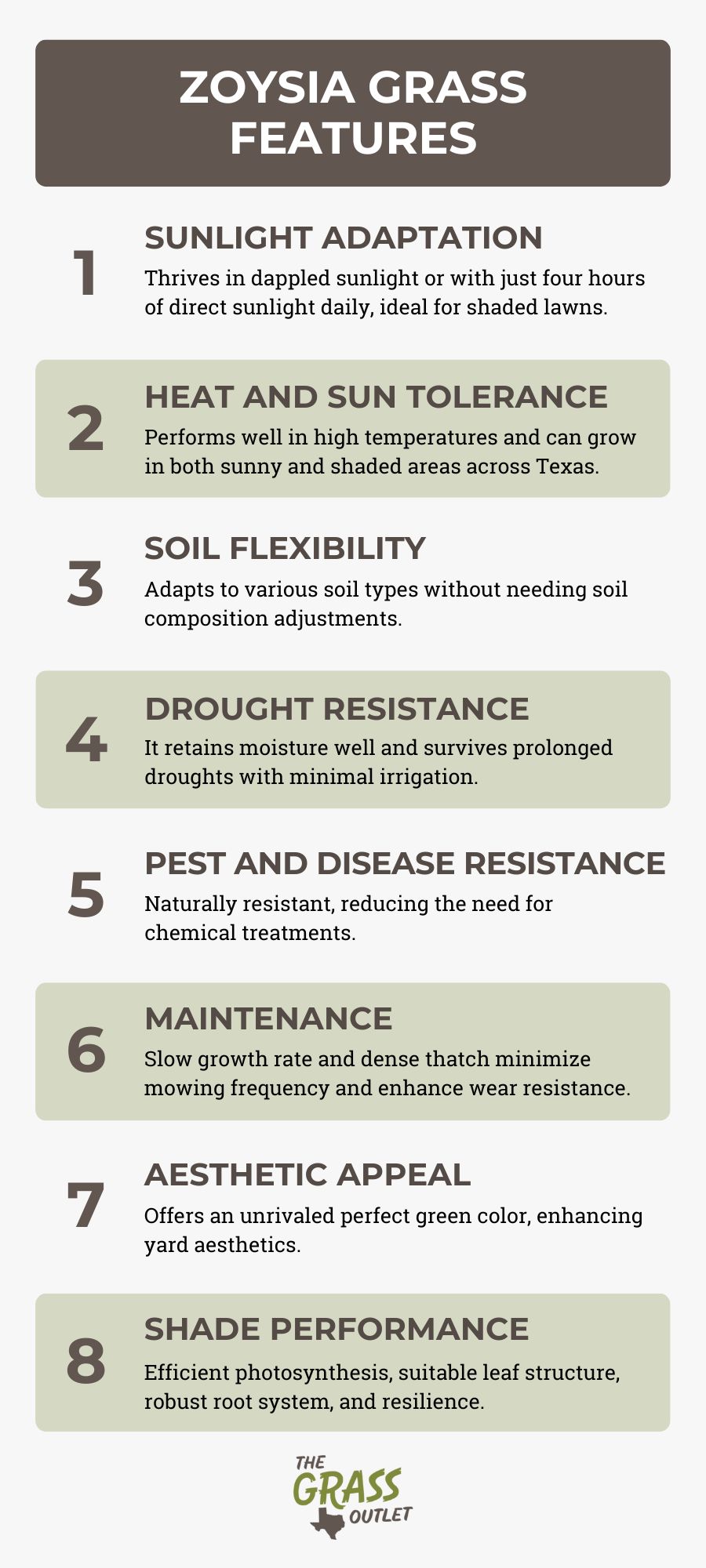
We want to emphasize here that this type of grass has proven to be an excellent choice for shaded parts of yards or residential properties. Its efficient photosynthetic process, suitable leaf structure, robust root system, slower growth rate, adaptive response to low light, ability to cope with variable light conditions, and overall resilience allow Zoysia grass to maintain healthy growth even in areas with limited sunlight.
Shade Tolerance of Zoysia Grass
Compared with other varieties, Zoysia grass has the best properties for lawns with less light. St. Augustine grass is also suitable for shaded lawns, but Zoysia requires less water and has greater drought tolerance than St. Augustine, making it more resilient in various conditions. However, both Zoysia and St. Augustine still need a certain amount of light during the day.
Compared with Bermuda grass, Zoysia also ‘wins the battle,’ as Bermuda has little to noshade tolerance and struggles to get light where it is scarce due to its lateral growth pattern and short mow height requirements. Zoysia is superior in this respect with its deeper root system and vertical leaf orientation. Considering warm-season grasses, Bermuda requires the most light.
Zoysia also has an advantage over Centipedes or Ryegrass, as centipedes can become sparse in shaded areas, while Zoysia retains its density. Ryegrass can tolerate shade but does not handle drought or high temperatures, and neither will survive Central Texas summers.
It is important to note that Zoysia requires a minimum of 3 to 4 hours of heavily dappled or direct sunlight daily to grow and develop properly. Indeed, several varieties of Zoysia grass showed excellent growth performance in shaded areas.
What Are The Reasons Why Zoysia Is So Tolerant Of A Lack Of Light?
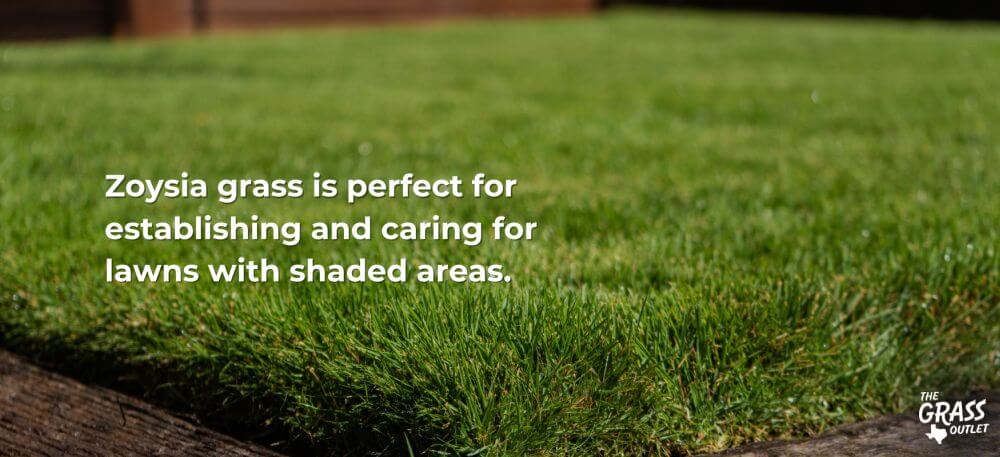
Zoysia grass’s shade tolerance results from biological and structural characteristics, enabling it to adapt and survive in low-light conditions.
Here are the features that describe how this grass variety maintains its health and vitality in shaded areas:
- Efficient Photosynthesis: On a biological level, Zoysia grass demonstrates an efficient process of photosynthesis. Zoysia can maximize available light in shady environments, where light is a limiting factor. Its leaves contain chlorophyll that efficiently absorbs light, allowing the grass to maintain its energy production even under reduced lighting conditions.
- Leaf Morphology and Orientation: The structural characteristics of Zoysia grass leaves are crucial to shade tolerance. Zoysia typically has narrower, flat (vs. semi-folded), and more upright leaves compared to other grasses. This structure and orientation of the leaves allow for better light capture and reduce the possibility of the leaves shading each other. Each leaf can capture the maximum amount of available light, which is particularly important in a shaded environment.
- Root System: Zoysia grass is known for its deep and extensive rhizomatic root system. A robust root system in shady areas is vital as it allows the grass to access water and nutrients more efficiently, compensating for reduced photosynthetic activity. A robust root system also helps the plant’s overall resilience, making it more prepared for the stress that shade could exacerbate.
- Adaptability to Lighting Conditions: In response to reduced light availability, physiological changes such as an increase in chlorophyll concentration in the leaves can occur, improving its efficiency in light absorption.
- Slower Growth: This is another crucial factor in its tolerance to shade. In limited light conditions, resources are scarce, and a slow-growing plant needs fewer resources than other faster-growing species.
- Reduced Competition for Resources: The dense growth pattern of Zoysia grass and its ability to form a thick mat help reduce competition from other plants, including weeds. This characteristic is advantageous in shaded areas as it minimizes competition for limited resources such as light and nutrients.
- Overall Resilience: The overall resilience of Zoysia grass significantly contributes to its ability to thrive in the shade. Its resistance to pests, diseases, and various soil conditions makes it less likely to succumb to additional stresses, which could be increased in low-light conditions.
Types of Zoysia Grass for Shade
Some Zoysia grass types, such as Zeon Zoysia or Palisades are suitable for planting on lawns with shaded areas.
Zeon Zoysia – The Grass for Olympic Champions
Zeon Zoysia is known for its fine, soft texture and adaptability to various Texas climatic conditions and soil types. Its fine texture makes it comfortable to walk on, contributing to its popularity for lawns in yards, residential subdivisions, or golf courses. Zeon is the grass used on the golf courses for the Rio 2016 Olympic Games, chosen for its self-sustainability. The distinctly green color of this grass makes it aesthetically very attractive.
It tolerates shade and needs only about 4 hours of direct sunlight. It will have healthy growth and full brilliance even under constant sun. Often called ‘barefoot grass,’ Zeon Zoysia grows very densely, which helps suppress weeds and provide a thick, uniform lawn.
Zeon Zoysia maintenance recommendations include regular mowing during the growing season to maintain its manicured appearance, as its horizontal growth and density require consistent care. However, it grows slower than other grasses, reducing the need for frequent mowing.
Its deep root system is drought-resistant, absorbing moisture from deeper soil layers. This variety is known for its resistance to common pests and lawn diseases.
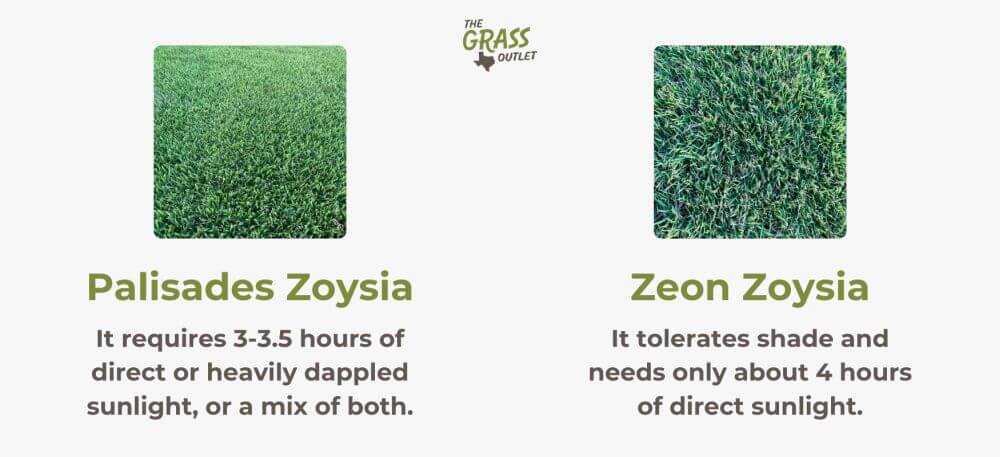
Palisades Zoysia – Unmatched Green Aesthetics
The Palisades Zoysia variety is found in private yards, larger complexes, and golf courses. It has broader textured leaves (5 to 7mm) compared to Zeon Zoysia and a dark green color. It is very suitable for maintenance, as it requires minimal effort. Palisades Zoysia care is simple, as it doesn’t need much water, is drought-resistant, tolerates full sun beautifully, and is ideal for shaded lawns.
It needs approximately 3-3.5 hours of heavily dappled or direct sunlight – or a combination of both. Visually, it is beautiful because its medium-thick leaves form a dense lawn, often resembling a beautiful carpet. That’s why it’s a common choice for homeowners and professional landscape architects. You will love this grass because it grows slowly and does not require frequent mowing or fertilization, yet it remains healthy and green. It is resistant to pests and diseases and tolerates foot traffic well.
Benefits of Zoysia Grass in Shaded Areas
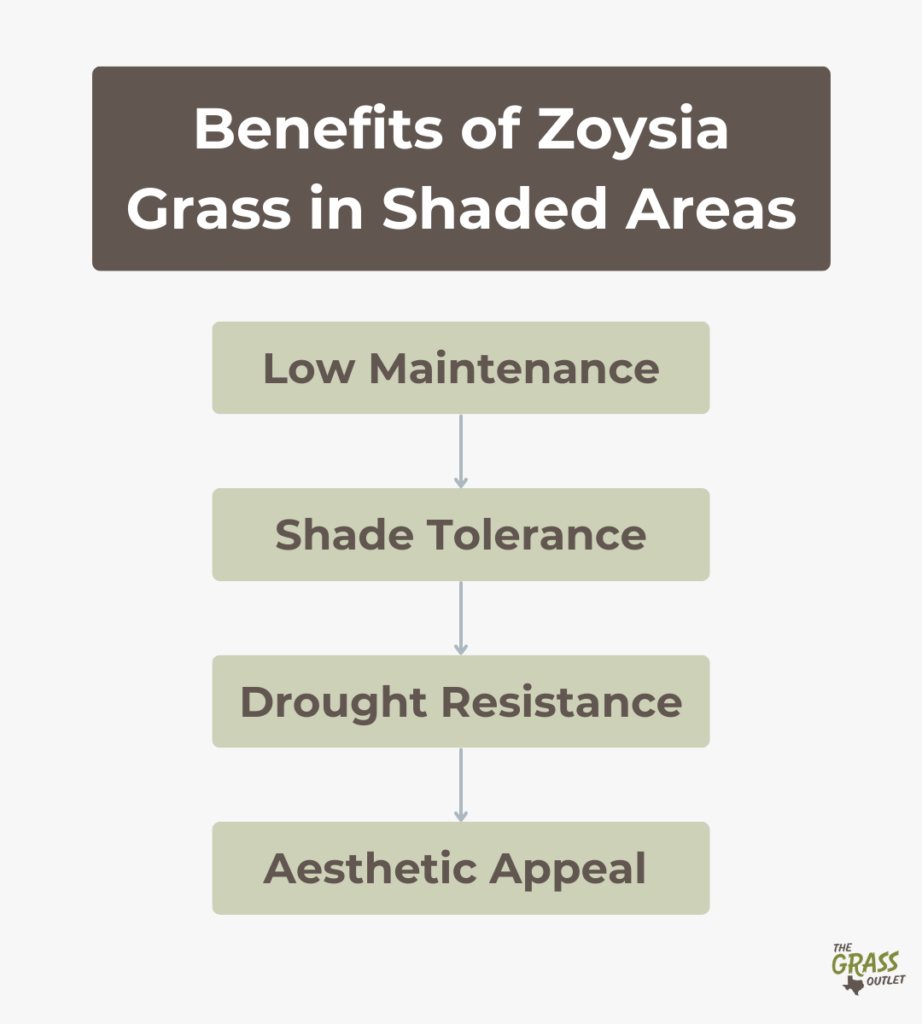
Once you plant Zoysia grass, you will reap many benefits. Its phenomenal characteristics and resilience make it a popular choice for most households.
It grows slowly, which means less effort in mowing, which doesn’t need to be frequent, but it should still be regular. Zoysia maintains a neat and consistent appearance.
Zoysia grass has a deep root system that draws moisture from deeper soil layers. It is crucial in drought conditions, as the grass maintains itself even when surface moisture is scarce. Therefore, even if you live in arid areas, Zoysia will give its best, and you will have a beautiful green lawn.
The ability of Zoysia grass to thrive in shaded areas without thinning or losing vitality is a crucial advantage. It adapts well to different light conditions, maintaining its density and color.
You don’t need to worry whether its leaves will be dark green and retain density under the shade because they will. Nature has taken care of that. The leaves of Zoysia grass grow upright and strive to reach the light, particularly when maintained at a higher mow height. The leaves will not cover each other, so each gets as much as it needs.
Suppose it already grows in the shade and has limited access to sunlight. In that case, the chlorophyll concentration in the grass leaves increases, helping this grass gather as much light as possible and thus maintaining its vitality and density. Therefore, it’s unsurprising that it always has such a beautiful green color.
How To Maintain Zoysia Grass In The Shade
If Zoysia grows in shaded areas, remember that the basic maintenance processes will be more specific. Here are a few tips:
Watering
Given that a lawn in the shade doesn’t get much sunlight, it’s important not to over-water, as moisture won’t be able to evaporate, which could lead to diseases and pests. The recommendation is to water less frequently but more deeply, only when the grass needs it. The easily spotted appearance of curled leaves indicates that the shaded grass needs watering, making it easy to accomplish this while helping you conserve water and lower your utility bill.
Mowing
Even though it grows in the shade, Zoysia needs mowing less often and not at the same height as grass that grows under direct sunlight. The cut grass should be about 2.5 to 3.5 inches high, allowing the leaves to perform photosynthesis efficiently. If you give it enough height, it will more easily fight for light and thus maintain its density and beautiful green color.
Fertilizing
Zoysia grass in shaded areas does not need as much fertilizer as grass in full sun and grows slower. It’s not recommended to use nitrogen fertilizer in the spring or summer; instead, opt for potassium and iron to provide vitality to the grass.
Zoysia is a warm-season grass, and as practice has shown, it can withstand various weather conditions, is adaptable and resilient, and doesn’t require much care. Given that in family gardens, there is usually a desire to plant trees and create natural shade, homeowners think about which type of grass can succeed even when there is not much light. Zoysia has proven excellent at this. Even when growing in the shade, it has a healthy, green color that attracts the eye.
Although it needs some sunlight for proper growth and development, it will also succeed in parts of the yard that get some dappled shade.
Of course, before planting Zoysia grass, as with any other variety, it’s necessary to prepare and grade the soil to achieve healthy growth even in the shade. Remember that it will grow slower in the shade than in the sun, so more patience and continuous care are required.
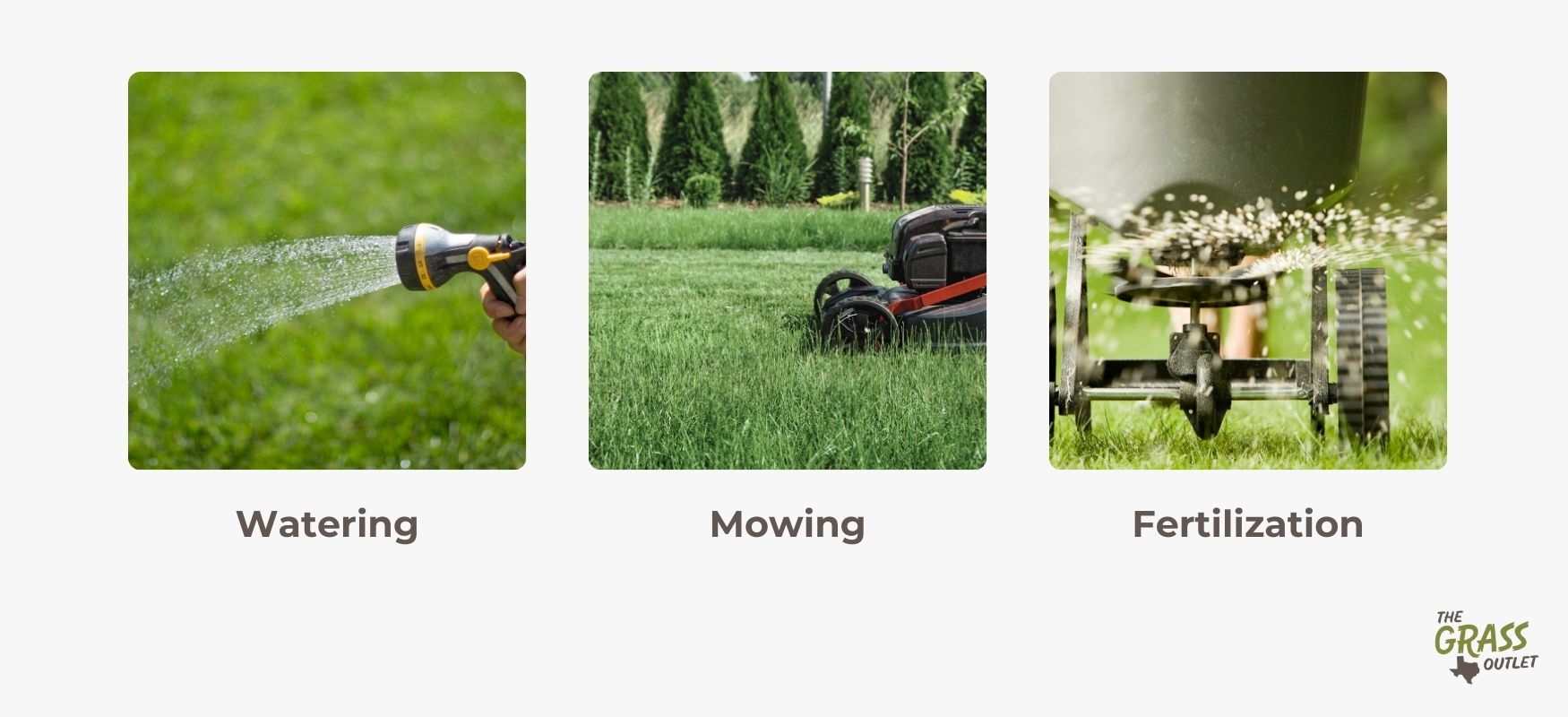
How Do We Integrate Zoysia Grass Into Shaded Landscape Designs?
Zoysia forms a dense lawn that can create a smooth, uniform appearance in the yard. This dense growth is attractive and helps suppress weeds, reducing garden maintenance efforts.
Zoysia’s dense root system aids in soil stabilization, making it an excellent choice for shaded areas prone to erosion, such as under trees or on slopes.
Since Zoysia is shade-tolerant, it will blend beautifully into lawns with planted trees or decorative stone or wooden elements that create shadows. Additionally, Zoysia will be a great choice in covered parts of the yard, usually the dining area.
Furthermore, as it tolerates foot traffic well, this grass variety won’t be harmed if placed as grass surrounding a pool in the yard or along walking paths. Its ability to recover from wear ensures the lawn remains functional and attractive.
The striking green color of Zoysia grass attracts those who want a healthy and well-maintained lawn. It retains this color even when growing in the shade.
The dense carpet of Zoysia grass can help absorb sound, making the garden quieter and more peaceful, which is especially valuable in urban or suburban environments. Like other grasses, Zoysia helps cool the surroundings, making your shaded garden a more pleasant place to relax during the warmer months.
In a shaded garden, the delicate texture of Zoysia grass contrasts nicely with the broader leaves of shade-loving plants, such as hostas or ferns. This contrast can add visual interest and depth to your garden design.
Conclusion
Lawn care is easy to master, especially when choosing the right grass type according to your environment’s climatic conditions and objective factors. If you have had uncertainties about which kind of grass is excellent for yards with shaded areas, then we are confident that this blog post has provided clear guidelines and reasons why Zoysia is a good choice.
Even when growing in the shade, Zoysia creates a dense green lawn. Its robust root system can draw enough moisture from the soil, making it exceptionally resilient. Its narrow and upright leaves compete for light, achieving the perfect green color.
It is great for those with low maintenance expectations, as it does not require frequent mowing, watering, or fertilizing compared to other varieties. In addition, pests rarely attack it, so chemical agents are rarely needed. Overall, we’re confident this provides enough motivation to contact The Grass Outlet soon and make the right decision with the help of our experts.
